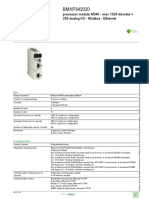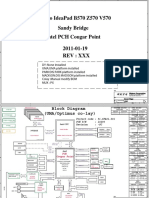0% found this document useful (0 votes)
6 views19 pagesNetworking For Devops
Networking basics are crucial for DevOps engineers as they facilitate system communication, troubleshooting, and performance optimization. Key concepts include the OSI model, TCP/UDP/IP protocols, ports, subnetting, routing, DNS, VPNs, and various networking tools. Understanding these elements enables effective collaboration and infrastructure management in a DevOps environment.
Uploaded by
pubgian studentCopyright
© © All Rights Reserved
We take content rights seriously. If you suspect this is your content, claim it here.
Available Formats
Download as PDF, TXT or read online on Scribd
0% found this document useful (0 votes)
6 views19 pagesNetworking For Devops
Networking basics are crucial for DevOps engineers as they facilitate system communication, troubleshooting, and performance optimization. Key concepts include the OSI model, TCP/UDP/IP protocols, ports, subnetting, routing, DNS, VPNs, and various networking tools. Understanding these elements enables effective collaboration and infrastructure management in a DevOps environment.
Uploaded by
pubgian studentCopyright
© © All Rights Reserved
We take content rights seriously. If you suspect this is your content, claim it here.
Available Formats
Download as PDF, TXT or read online on Scribd
/ 19























































































